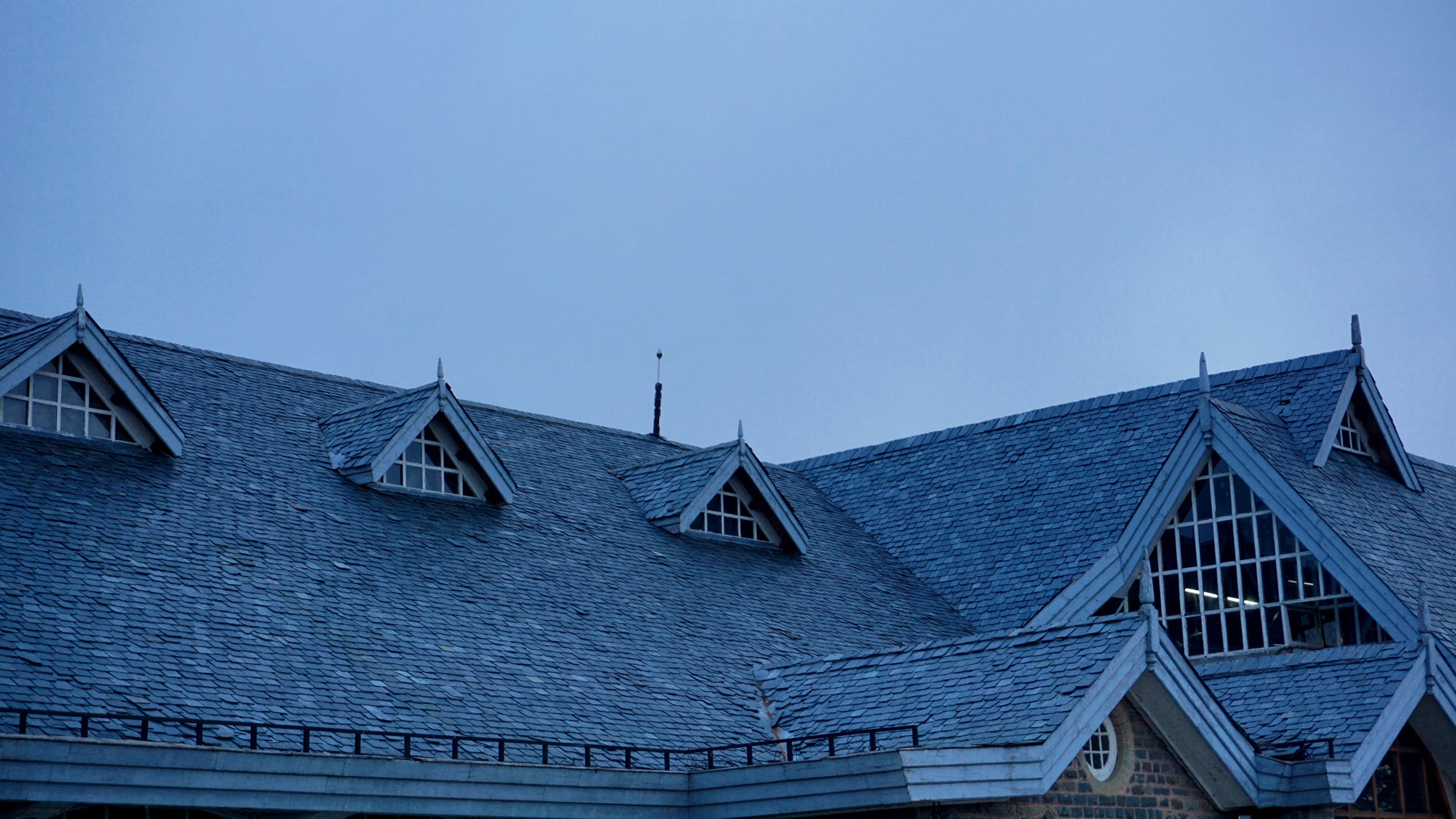The design of a roof has a huge impact on the look of a home, more than most people think. Of course, just as much thought goes into the function as the form. It may be immediately obvious what style suits each taste best, but the style and shape of a roof impacts the energy efficiency, weather resistance, interior space of a home and more.
When shopping for a home, or better yet—designing a home, it’s a good idea to get familiar with the aspects of roof design that have the biggest impact. Here’s a look at some of the most popular styles: what makes them great, and what negative aspects you should know.
Gable
- Pros: The gable is the simplest style of roof. This is the upside-down ‘V’ style featured in a child’s first crayon drawing of a home. But simple isn’t a bad thing. The gable style is cost-effective and it sheds water and snow easily, making it a great option for states that get above average rainfall.
- Cons: However, the cost savings of gable may lead to other costs later on. The tall even slopes are great for providing extra attic space, but tend store heat and may require extra ventilation in warmer places. Additionally they are more susceptible to wind damage than other styles, due to the tall, deep, recesses on each side where the two slopes meet.
Gambrel
- Pros: Gambrel roofs are essentially gable roofs with an extra slope angle on each side. The tall slopes on either side bend near the top, where two shallower slopes meet in the center.
- Cons: Gambrel style roofs face similar problems as gable style roofs. While they may be slightly more effective at resisting strong winds in theory, they tend to require a great deal of maintenance.
While some consider gambrel style roofs more attractive than gables, due to their barn-like appearance, they are far less effective at shedding water and snow. They tend to leak and heavily snowfall could lead to a collapse. However, the heart wants what it wants, and with regular maintenance from a professional roofing company, a gambrel roof can certainly be an option.
Hip
- Pros: As the name suggests, this style is popular. Featuring a slope all four sides of the roof, hip roofs solve the problem of wind resistance that gable and gambrel style roofs face, without adding shallower slopes that compromise the rain and snow resistance of the roof.
The four slopes of a hip roof meet in two points at opposite sides of the roof, with a long “hip” across the center of the roof. Hip roofs are fairly simple to design but require more building material and may be more costly up front.
- Cons: Because they have more joints, a poorly constructed hip roof will be more prone to leaking. They enclose central peak tends to trap heat, and will require more ventilation as well. However, in the long run, the fantastic rain and snow resistance of well-made hip roofs will save money on repairs.
Mansard
- Pros: This is where it all comes together. The mansard roof is an attractive style, there’s no doubt about that. Drawing on its design from a combination of hip and gambrel style roofs, the mansard roof features slopes on all four sides, like a hip style roof, with each side having two slopes, like the gambrel style. The result is a tall, beautiful and functional roof.
These roofs are older, often ornamental styles commonly built after the civil war. In some areas of the world, the mansard roof solved the problem of zoning situations, which used the height of a home to determine the fees and taxes. The steep lower slope creates more space inside of the roof, allowing the space within to be used as another story. This is why mansard roofs commonly feature windows protruding from all sides.
- Cons: Of course, like the gambrel style roof, mansard roofs may not be so great for areas with heavy snowfall.


















